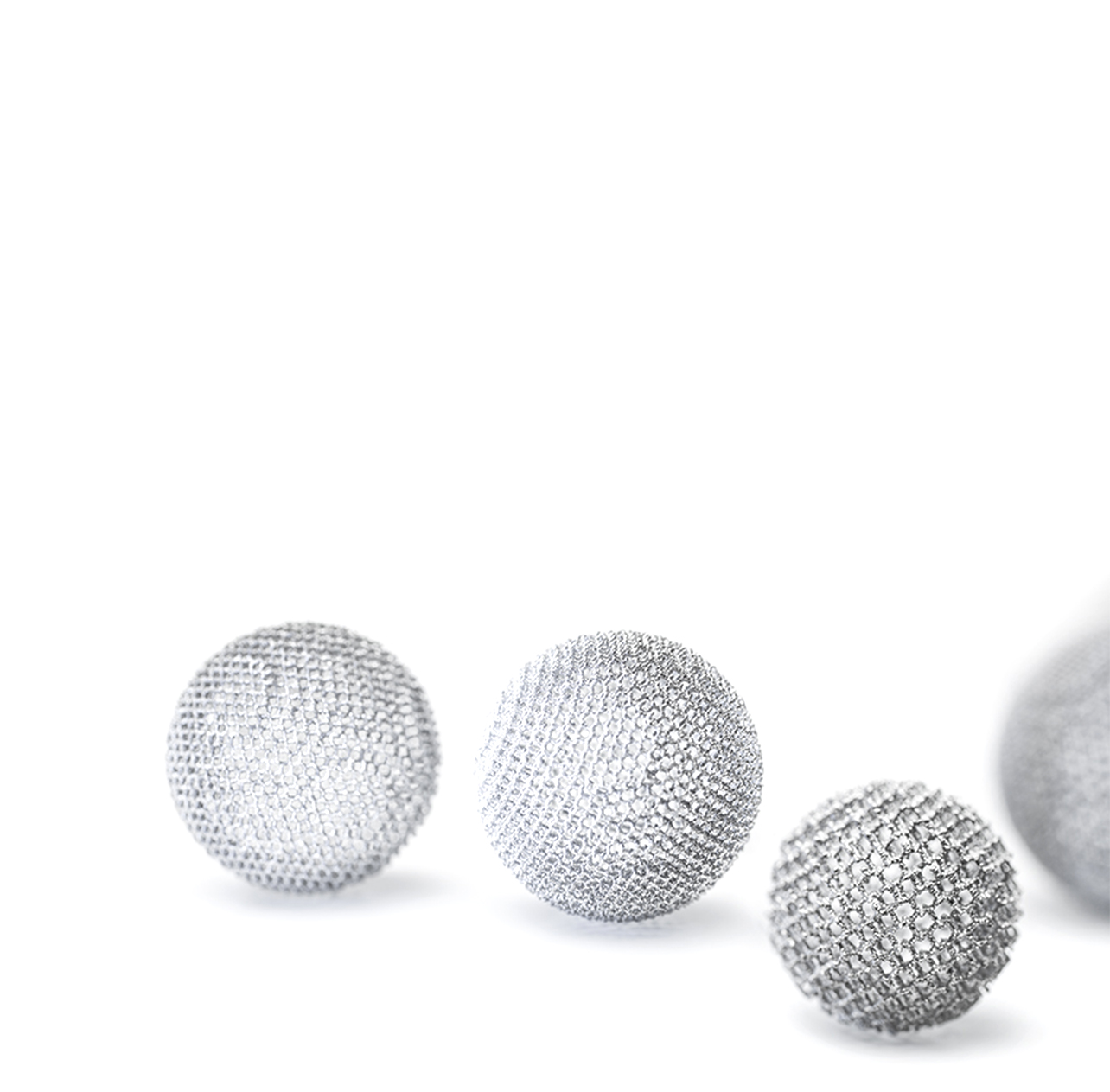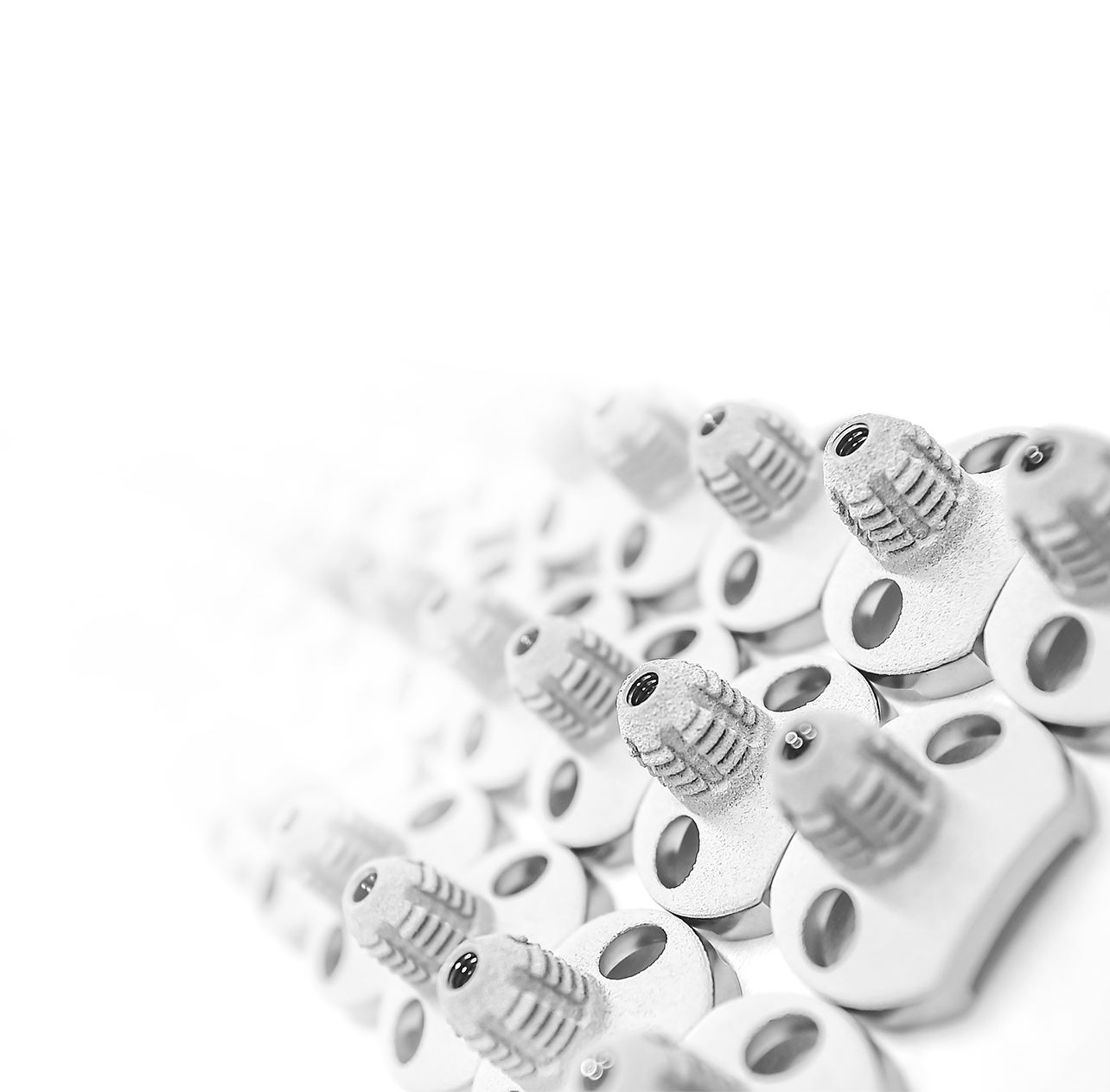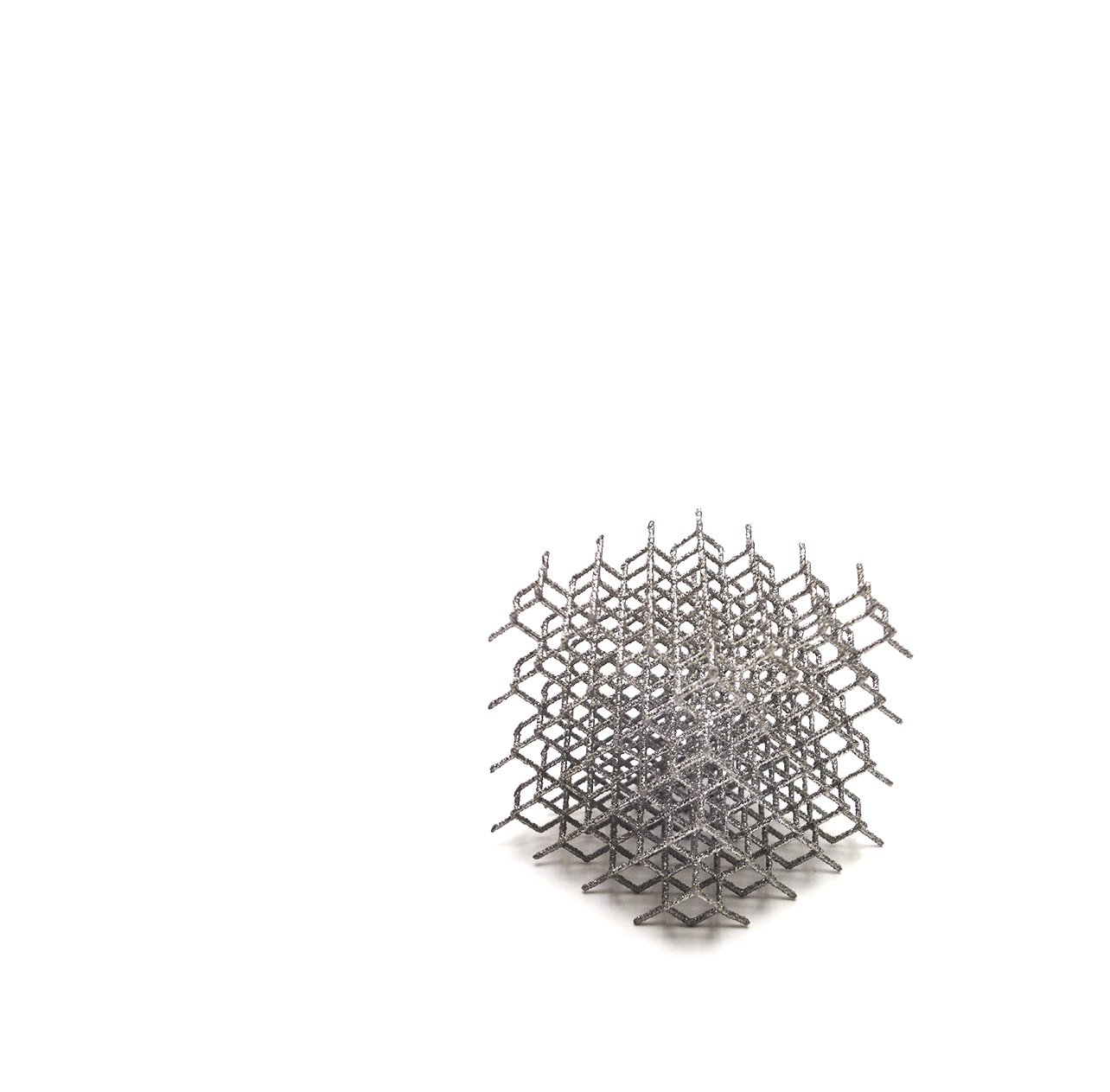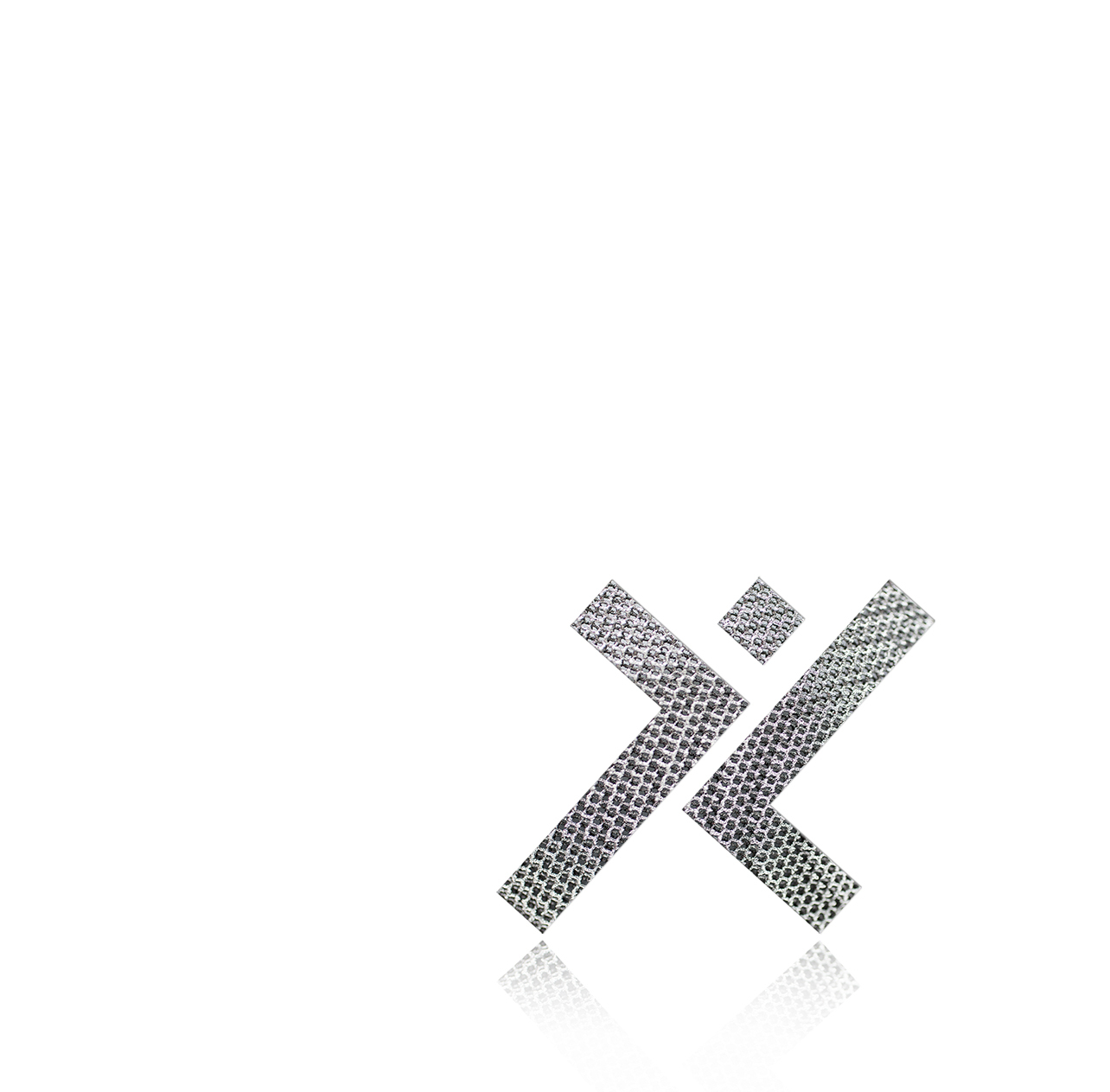Shoulder
A short guide to your upcoming shoulder arthroplasty.

For more general information on joint replacement, visit our guide and FAQs section.
The upper humerus ends with its humeral head which articulates, on the other side, onto the glenoid bone of the scapula. In a healthy state, cartilage covers both and they smoothly articulate with each other. The joint capsule, ligaments, and shoulder muscle tendons stabilize the joint. The deltoid muscle and the rotator cuff provide the main moving forces. The rotator cuff consists of four muscles that centralize the humeral head in the glenoid cavity.
However it is subject to lower anatomical constraints than hip joint and allows one of the widest ranges of movement in the whole body.
The upper humerus ends with its humeral head which articulates, on the other side, onto the glenoid bone of the scapula. In a healthy state, cartilage covers both and they smoothly articulate with each other. The joint capsule, ligaments, and shoulder muscle tendons stabilize the joint. The deltoid muscle and the rotator cuff provide the main moving forces. The rotator cuff consists of four muscles that centralize the humeral head in the glenoid cavity.
Shoulder Joint-specific
Diseases
Depending on the patient’s bone quality and diagnosis, these implants are good for implantation with or without a humeral stem.
The two main types of prosthesis are the total anatomical or reverse. The former maintains the natural shoulder formation. In the latter, the socket and sphere materials are 'inverted'.
Depending on the patient’s bone quality and diagnosis, these implants are good for implantation with or without a humeral stem.

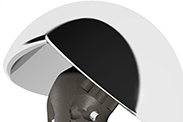

- Your surgeon begins by cutting the skin so that nerves and blood vessels can be isolated and moved aside. Any muscles in the area are also moved to the side to give a complete view of the joint.
- Your orthopedic physician will discuss alternative surgical approaches with you. The final decision depends on your diagnosis, physical condition, and lifestyle.
Your orthopedic surgeon is responsible for all recommendations and decisions about your medical care if you and your surgeon decide that joint replacement is appropriate for you. The following information also does not provide a complete or full discussion of the specifics of joint replacement surgery; the prosthesis that may be used; your care before, during, and after surgery; or the potential complications associated with surgery and your particular condition. Depending upon your particular condition, some of the general information provided may not be applicable to you. You will need to discuss the specifics of your case with your surgeon. LimaCorporate does not guarantee any specific results, recovery or rehabilitation.
WARNING: Please remember the information on this document is for educational purposes only and should not be used to make a decision on a condition or a procedure. All decisions should be made in conjunction with your surgeon and your primary care provider.
All rights to the video content are reserved in accordance with applicable law. Reproduction, publication and distribution by third parties are expressly prohibited without authorization.






